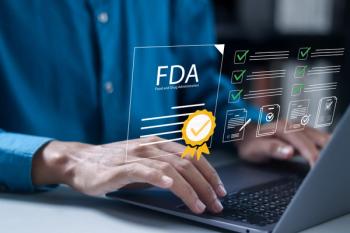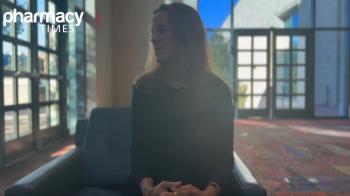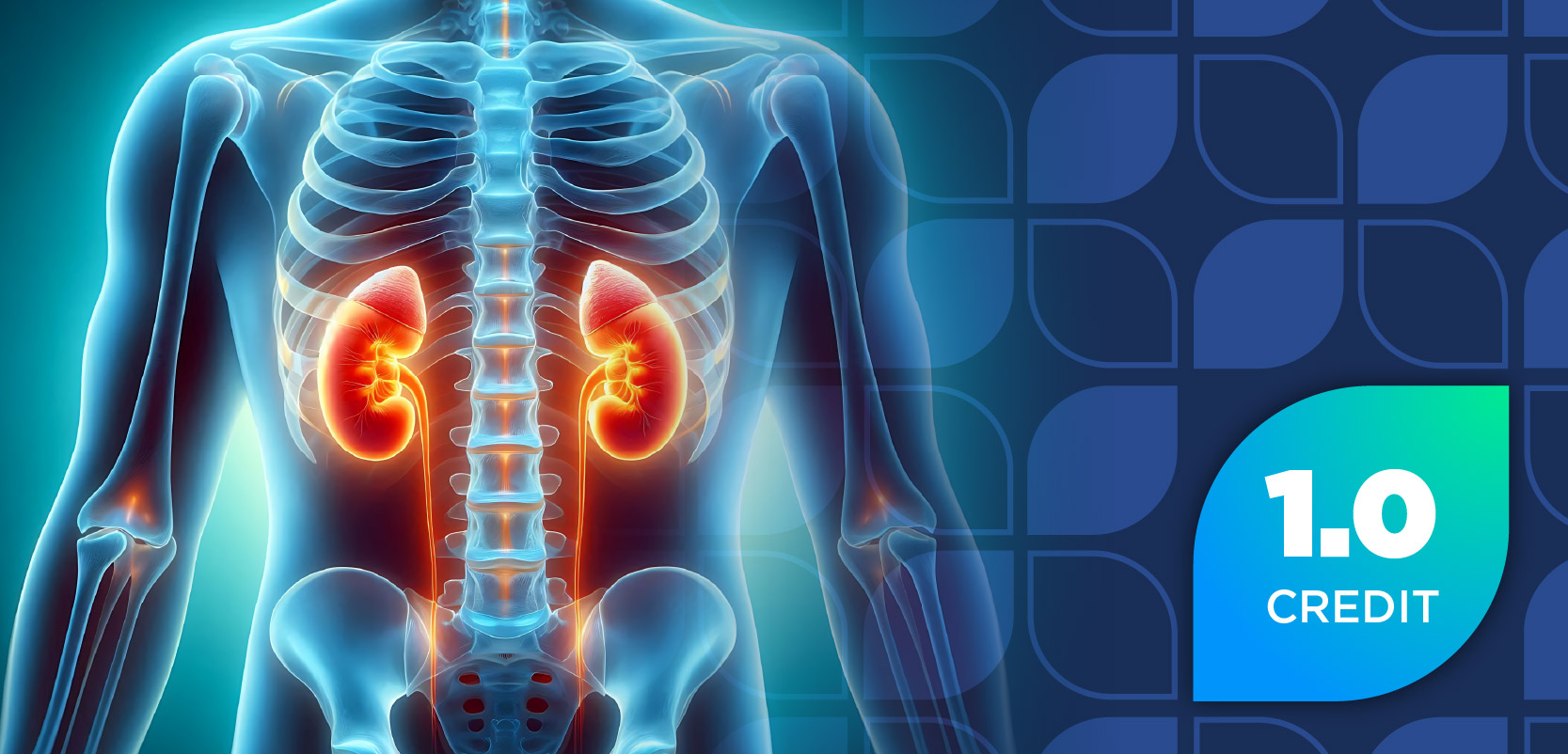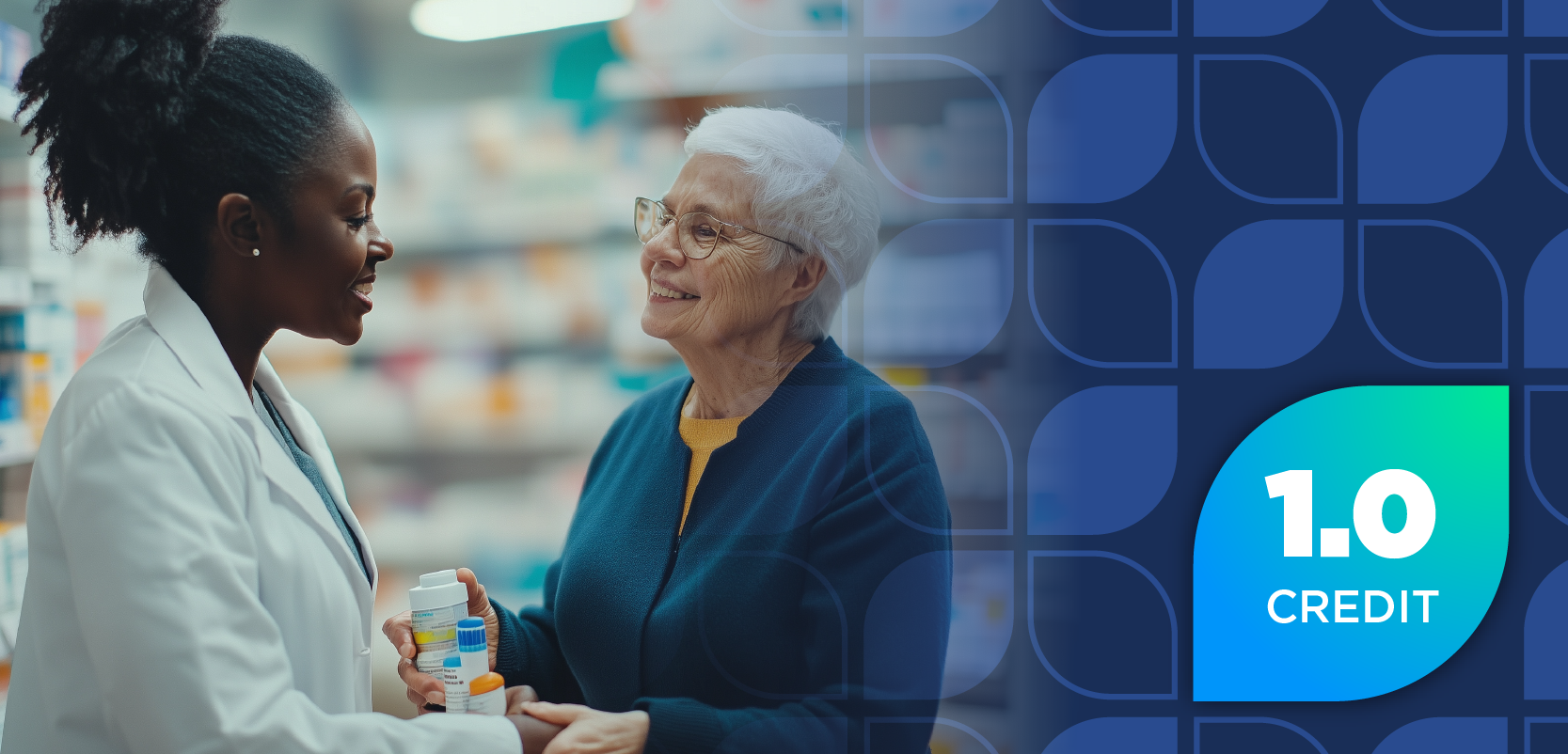
Integrated Care Pathways and Future Directions in COPD Management at UPMC
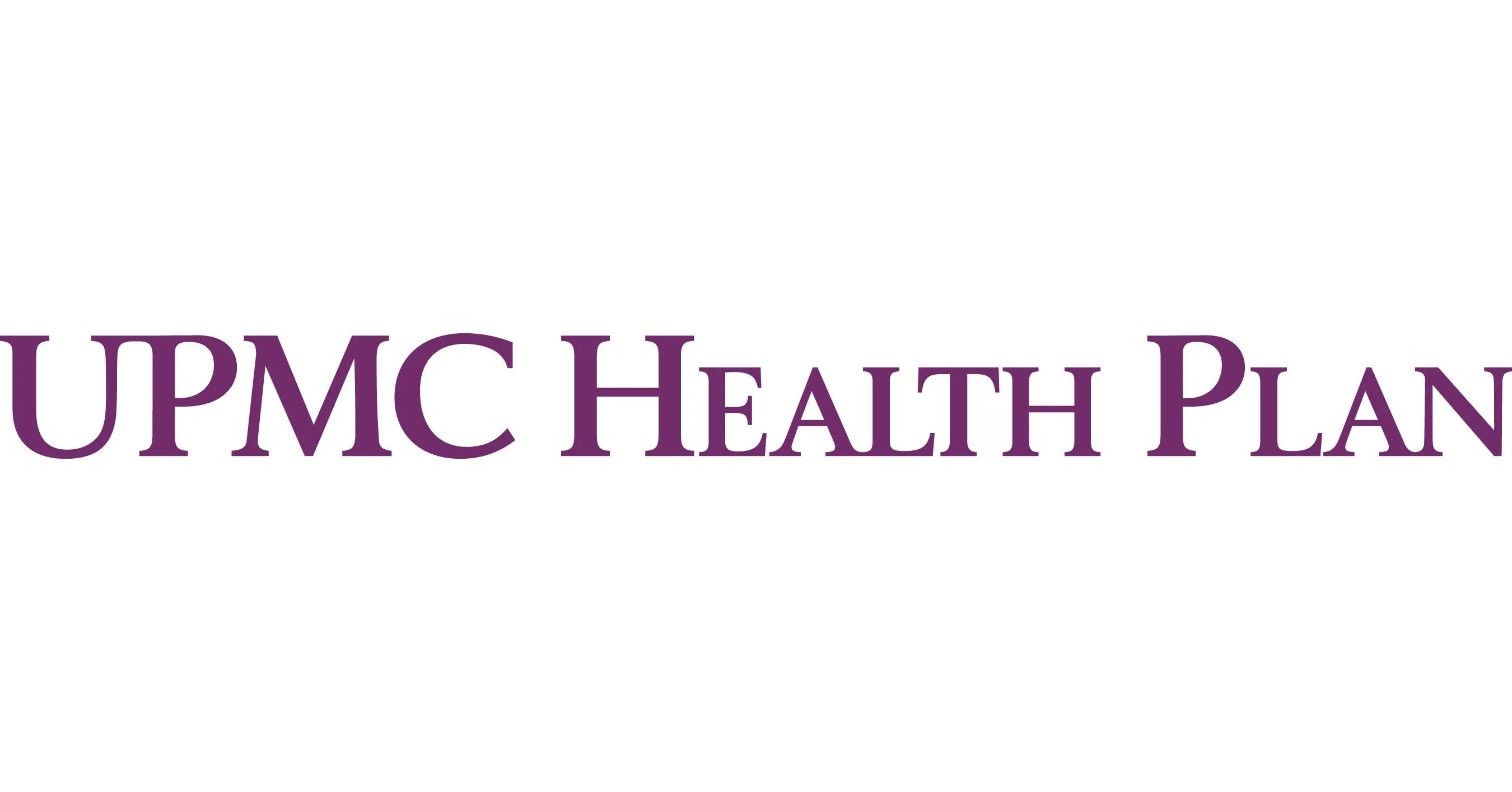
UPMC Health Plan enhances COPD care through personalized treatment, telemedicine, and comprehensive support, ensuring optimal patient outcomes and adherence.
In an interview with Pharmacy Times®, Nathaniel Weathington, MD, PhD, pulmonary and critical care medicine specialist at UPMC, and David Marr, PharmD, senior clinical pharmacy specialist at UPMC Health Plan, explained how UPMC Health Plan’s chronic obstructive pulmonary disease (COPD) care pathway begins with symptom recognition and diagnostic testing, then progresses to appropriate individualized therapy, lung cancer screening, and, when needed, advanced interventions through the Center of Excellence. Weathington and Marr emphasized the importance of tailoring treatment to disease severity, optimizing accessibility to inhaled therapies, and incorporating surgical or biologic options for members and patients who don’t respond to standard care. Marr highlighted the pharmacy team’s role in identifying and addressing barriers to adherence, coordinating care for comorbidities, and educating members to help improve outcomes. Both speakers noted UPMC Health Plan’s ongoing efforts to enhance care through telemedicine, data-driven program evaluation, and adapting to new evidence and treatments to meet evolving member and patient needs.
Pharmacy Times: For a newly diagnosed COPD patient, what is the typical care pathway through UPMC's integrated services, and how are patients actively involved in shared decision-making throughout this journey?
Nathaniel Weathington, MD, PhD: This is something I see quite often, and generally it all starts with symptoms. COPD is more of a disease of symptoms than a disease of diagnostics. The best data we have comes from talking to someone, but if someone has a history consistent with a diagnosis of COPD—like a long-term cigarette smoker—there are many things we need to do to address both their symptoms and their risks. Starting with symptoms, if someone is having trouble, their PCP might recognize that and order pulmonary function testing, which measures lung volumes, airflow, and the efficiency of oxygen transfer from the lungs to the bloodstream. Those PFTs give us, as specialists, a lot of information about lung function and a sense of severity, which we correlate with the patient’s symptoms. Patients are often then referred from their PCP’s office to our specialty office and initiated on COPD-specific therapy. Some PCPs will start inhaled therapy without specialist input, and I applaud them for that, but as patients progress, they may need to see a specialist anyway. The degree of severity matters—patients with very severe COPD and constant symptoms will lean more heavily into specialty care, and we’ll do more diagnostics and escalate therapy as needed. Stable patients with minimal symptoms may not even need a maintenance inhaler at first, but over time their symptoms may increase, especially if they continue to smoke.
Other aspects of our care model include lung cancer screening for current or former smokers. Anyone with more than 15 years of a pack-per-day smoking history qualifies for a low-dose CT scan. We monitor nodules and repeat the CT each year for 15 years after smoking cessation. As time goes on, if the patient’s disease becomes more severe or doesn’t respond to initial therapy, we consider advanced therapeutics. That’s where the spoke-and-hub model of the larger UPMC infrastructure comes in—the Center of Excellence at University Hospital offers advanced interventions, like endobronchial valves, which collapse diseased lung segments to expand healthy areas. We also optimize inhaled therapy and ensure it's accessible, even for patients with limited resources or incompatible insurance. UPMC Health Plan partners with a pharma company, Conversio, to provide affordable compounded medicines specifically for COPD. In some cases, we also consider surgical or biologic treatments—immunomodulatory injections—for patients who don’t respond well to basic therapy after several months.
David Marr, PharmD: Dr. Weathington gave a comprehensive answer. From a pharmacy perspective, our team is trained to holistically view the patient. Given our access to EMRs, we take a comprehensive view and assess for other factors that can impact disease management. We look at comorbidities—underlying anxiety, long-standing GERD, poorly controlled heart failure or diabetes, and, of course, tobacco use—and coordinate with outside providers to better manage these conditions, which ultimately benefits the patient. At the health plan, we also identify patients who start treatment but don’t refill within 45 days of their initial 30-day supply. This triggers a pharmacist check-in call to address any concerns or barriers the patient may have to continuing treatment. Education is a recurring theme in our approach. And, as mentioned, if cost is a concern, we offer compounded nebulizer solutions through Conversio, which help patients afford their medications when cost is a barrier.
Pharmacy Times: What future directions or new initiatives is UPMC considering to further enhance its comprehensive COPD care model and address evolving patient needs?
Weathington: From my perspective, leveraging the power of telemedicine is a big priority—not just at the provider-to-patient level but at a system-wide level, as a more public-health-driven initiative rather than a one-to-one interaction. David has spoken to this with his discussion of EMR scouring, patient outreach, quality assurance, and adherence management. That’s really an important way information technology helps us realize the goal of delivering personalized and effective medicine.
Marr: The only thing I’d add is that our programs are continuously assessed for outcomes. We constantly look at the impact we’re making from a care management perspective—we’re never just creating programs blindly. We ask: are we seeing reduced utilization? Are we seeing more optimized treatment regimens in the claims data? That’s our focus. As evidence and guidelines change, we remain fluid, ensuring our clinical program stays up-to-date. If a more expensive novel treatment with good evidence comes to market, our formulary management team appropriately evaluates it, and we help coordinate with doctors to ensure patients receive it. That way, we aim to improve quality of life for patients while also reducing long-term utilization from a payer perspective.
Newsletter
Stay informed on drug updates, treatment guidelines, and pharmacy practice trends—subscribe to Pharmacy Times for weekly clinical insights.


